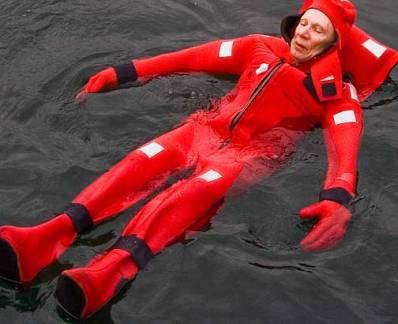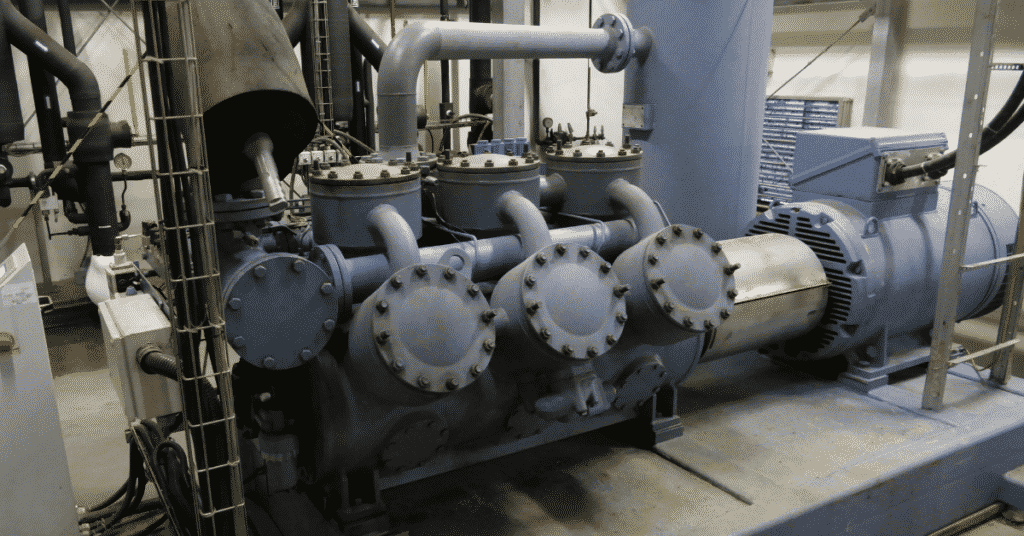Survival at Sea: How to Stay Afloat in Water?
Trying to stay alive at sea during emergency situations requires a lot of hard work, perseverance and definitely a lot of patience. Before being rescued by the rescue party, one has to take-on the wrath and agony of the sea and improvise on every different situation that persists.
However, certain life threatening situations need a different approach and informed adaptation to the basic survival skills, and one of them is to – stay afloat at the sea!
Previously, we’ve shown you how surviving on the basics such as containing food / water supplies and treating several medical issues at sea might save your life.
Read them here:
Survival at sea: How to deal with health problems on a survival craft?
Survival at sea: 6 Ways to Find and Conserve Drinkable Water at Sea
In the same way, staying afloat at sea with no boat or life raft in sight is no different a survival basic. It depends upon the ability of the survivor to use the available survival techniques and in lieu with the improvised ones.
The greatest danger to a life floating in sea is its submission to cold water or if considered precisely, it is death due to something known as “Hypothermia” – a condition where a survivor, when immersed in cold water, experiences substantial loss of body heat to the surroundings, lowering the core body temperature to below the normal survival temperature.
To ride out of situations like these, the survivor/s is required to try and remain calm. Shock and panic sends the wrong signals and that might influence other survivors. Interesting to notice is that sometimes it is ‘team-work’ that may be considered a life saviour. So what exactly are the improvised versions of survival when afloat? Let’s discuss.
- The best protection is to stay above water as far as possible, as immersion in water means heat loss and increased chances of hypothermic conditions.
- If staying dry and above water is not possible, donning anti-exposure or Immersion suits may lessen the rapid heat loss and extend the survival time.
- Life-Jackets must be properly inflated and well secured to the body. They should be worn by the survivors at all times in water.
- Head must be insulated if possible and be above water as more than 50% of heat loss is from the head and neck portion of the body.
- Body to be in a floating position either vertical or horizontal.
- Maintaining proximity to other survivors for increased motivation and more importantly prevention of heat loss while ‘Huddling-up’. Huddling is a floating position where the survivors circle around each other to reduce loss of heat (see below).
- For a single survivor, getting positioned in the “HELP” or Heat Escape Lessening Posture and remaining still should increase the survival time and reduce heat loss and it turns out to be more effective than swimming.
- One can try swimming with and without a life jacket to get to safety. When using a life jacket, either swim sideways or try swimming with back-strokes for short intervals conserving energy and is effective in going further distances. When one is not with a life jacket then floating horizontally with the head above water is the best option to stay afloat. One can also float in a vertical position and swim to short distances using buoyancy from trapped air underneath the clothes and also by expansion and contraction of air in the lungs. See below for further explanation
So, it is clear that a survivor who is on a whim and does not know how to relax in water has little chances of survival. No matter how the bad the chances are of survival, the ‘will’ needed to ride the situational storm is definitely grand. Remember, surviving at sea even with little help is always possible provided it is not taken nonchalantly.
You may also like to read:
How to Buy an Inflatable Life Raft?
Latest Ship Safety Articles You Would Like:
Do you have info to share with us ? Suggest a correction

About Author
Bikram Pal Singh is a professional mariner and blogger. He has sailed extensively, serving on various Oil tankers and Offshore Vessels. He enjoys reading and compiling notes about critical shipboard operations and crew psychology.
Subscribe To Our Newsletters
By subscribing, you agree to our Privacy Policy and may receive occasional deal communications; you can unsubscribe anytime.
Web Stories




























The Dead Mans Float that you picture is no longer recommended because as you say most heat loss occurs from head. Every time you submerge your head beneath the water, your heat loss occurs 82% faster.
marine mammals live in water all the time that’s im trying to search